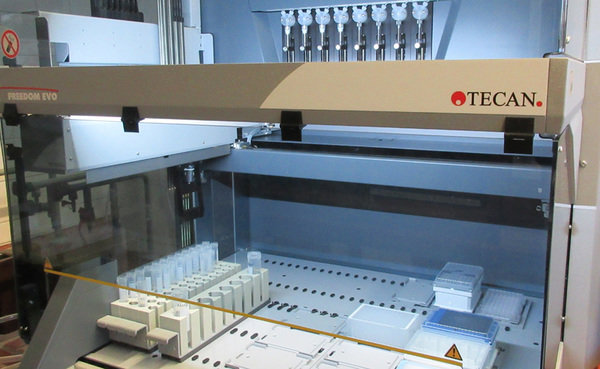
Carbohydrates: Structure and Function
Carbohydrates are the most important resource of carbon and energy in nature. Carbohydrates with their often complex structures have a fundamental influence on life an play an important role as energy source, construction material, or the interaction between cells and organisms. The turnover of carbohydrates is done by a large and diverse group of carbohydrate active enzymes (CaZymes). To understand this incredibly diverse group of enzymes we apply a number of biophysical techniques, mainly X-ray crystallography, to interrogate the enzymes on a molecular level to understand the catalytic mechanism and how the enzymes interact with their substrate.
In the group we target various proteins, antibodies and enzymes of various origins produce them in preparative scale for further biophysical characterisation using for example calorimetry, binding assays, enzyme assays and structural methods.
Some of the projects are:
1 Bacterial peptide glycosyltransferases as enzymes in the production of glycosylated antimicrobial peptides (glycocins). We analyse these highly specific enzymes to understand their substrate scope and their unusual activity towards cysteine as acceptor. We want to use the insight to understand the role of this glycosylation for the antimicrobial activity and ultimately their mechanism of action.
2 Glycogen turnover is of fundamental importance for our energycircuit. Five enzymes are responsible for glycogen turnover in humans and their proper function is critical. Various diseases arise if one of the enzymes contain mutations. We are in the process to characterise one of the two enzymes, responsible for glycogen degradation, the glycogen debranching enzyme. The insight will shed light how the enzyme catalyse its two catalytic activities, the role of the unique structural elements and the impact of mutations on the function of the enzyme.
3 We are also interested in bacterial enzymes involved in the degradation of charged extracellular polysaccharides, for example polygalactosamine and Heparin/Heparan. In particular the identification of suitable Heparinases for the analysis of mucosal structures in a medical setting is of great importance and in great demand.


